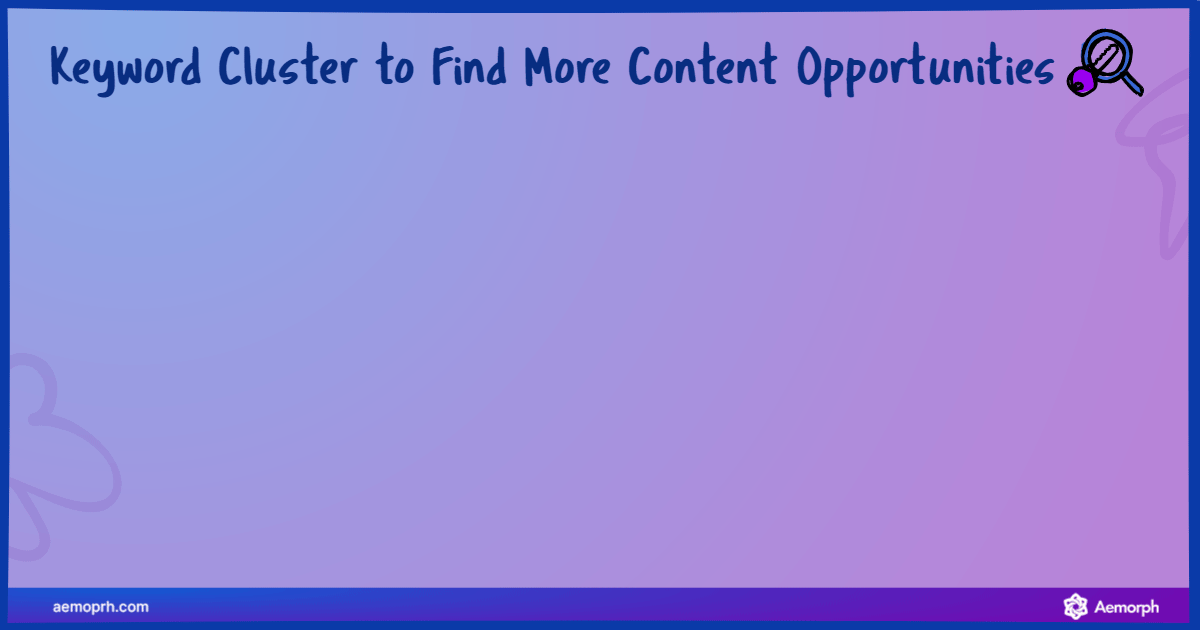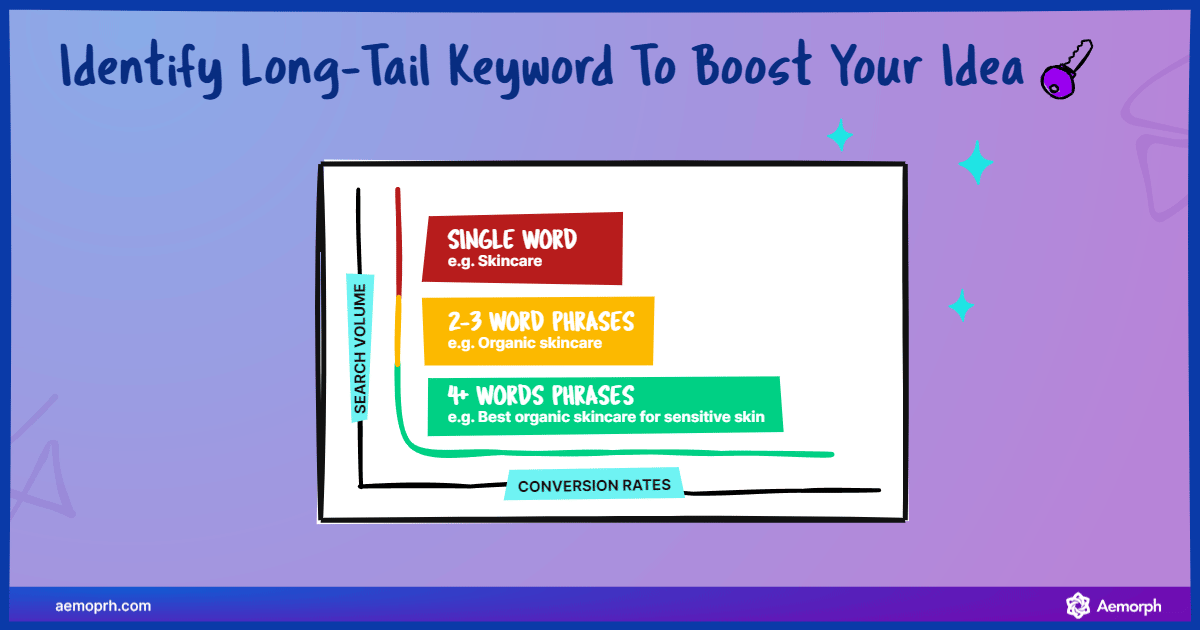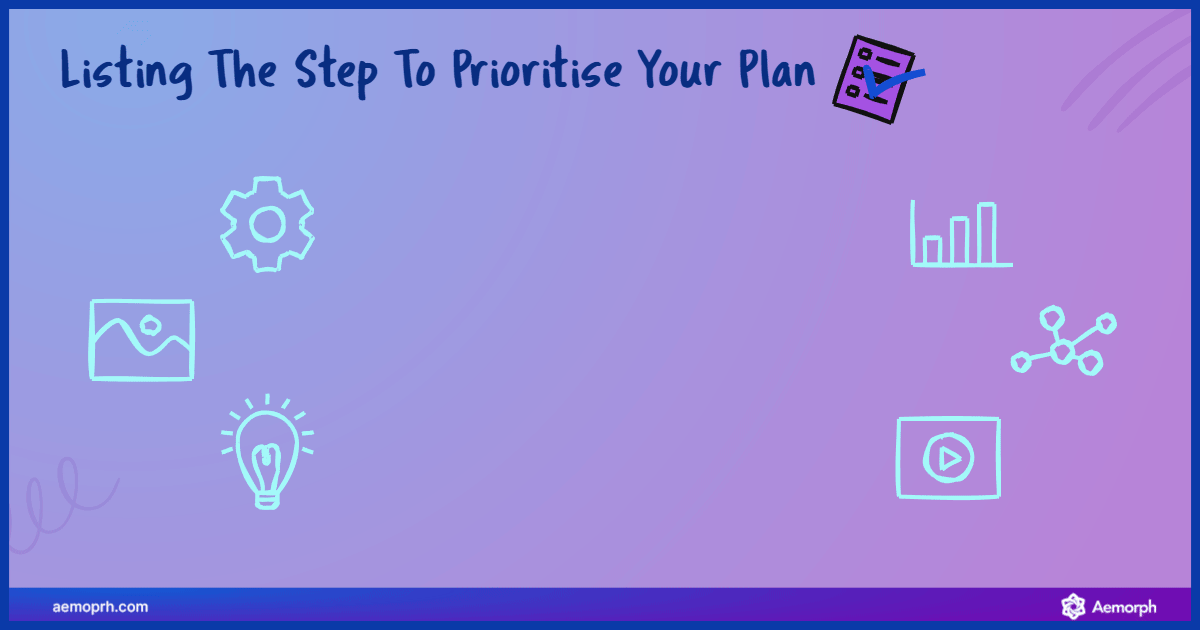Are you tirelessly churning out content but seeing your blog traffic increase at a snail’s pace? The secret to a thriving website lies in strategic keyword research, particularly in keyword clustering. You are about to discover an almost magical method to enhance your SEO strategy, cluster over 1,000 keywords, and multiply your blog traffic—all within a staggering 5-minute time frame. Prepare to be enlightened, whether you are an SEO expert or a savvy content creator.
Keyword Clusters: Your SEO Powerhouse for More Targeted Traffic (Without Feeling Overwhelmed)
Keyword clustering is less about sprinkling random words across your content and more about crafting a web of related terms that engage and cater to your audience’s search intent.
By stepping away from single-keyword fixation and embracing clusters, we streamline our SEO efforts. This approach attracts more targeted, relevant visitors and coaxes Google’s algorithms to favour our content. Sceptical? You have every right to be. But as [SEO Expert Jane Doe] says, “Keyword clustering is like finding constellations in the sky – once you see the patterns, navigation becomes second nature.”
- Keyword Cluster to Find More Content Opportunities

(One keyword can spread to variants of intent, use that to create your content or optimise the content with the new keyword you got)
Try Your Inner Keyword Tactic: My Simple 5-Step Clustering Process
Fear not, we’re looking into the step-by-step strategy to transform your blog’s reach. Here’s how it rolls:
Step 1: Define Your Core Topic
Commence with a core subject that resonates with your niche. Pinning this down streamlines your SEO approach and sets the stage for your clustering process.
- Define Core Values From The Topic

(Understanding the core of the topic will expand your topic idea as well)
Step 2: Leverage Keyword Research Tools
Take advantage of the vast arsenal of tools at your disposal – from Google Keyword Planner to Ahrefs – to pertinent keywords.
- Using Keyword Research Tools To Maximise Your Afford

(Doing keyword clustering tools will help you find what you want much easier and deeper)
Step 3: Group Keywords by Intent & Theme
Divide keywords into buckets based on what the searcher intends to find and the thematic relevance, effectively creating clusters with more SEO clout.
- Grouping Keyword by Intent and Theme

(One keyword can be spread into variants of style and theme, grouping them will help you create content in that area)
Step 4: Identify Long-tail Variations
Flesh out your clusters with long-tail keywords, which are the golden tickets to hyper-targeted traffic due to their specificity and lower competition levels.
- Identify Long-Tail Keyword To Boost Your Idea

(In searching terms, sometimes long-tail keywords help users get what they were looking for, use this advantage to create or optimise your content)
Step 5: Refine and Prioritise
Assess your clusters. Filter them according to metrics like search volume, competition, and relevance. This final step ensures your clusters are primed for performance.
- Listing The Step To Prioritise Your Plan

(Listing things down to boost your traffic engagement is another step for your succession and don’t forget to check out the content optimisation for more information)
Level Up Your Game: Bonus Tips for Pro-Level Keyword Clustering (Optional)
Ready to move beyond the basics? Here’s how you can add even more potency to your strategy:
- Analyse competitors’ keywords to uncover gaps in your content.
- Keep a finger on the pulse of trending topics to weave timely clusters.
- Regularly review your keyword performance, tweaking clusters for optimal results.
Why do we need to analyse the competitors? We pay attention to detail to the meaning of boosting your website which means learning from competitors will affect the performance of your website in one way or another. We use the keywords from your website and update those keywords to make sure the page is optimised for the new trends of the online world.
Go Forth and Cluster! Increase the Power of Keywords for Content Success
A profound yet straightforward path to boosting your blog traffic figures. Use the 5-step clustering method to improve your SEO and attract more targeted traffic.
- Understand your topic.
- Research the keyword for your topic.
- Group that keyword.
- Identify any long-tail keywords for your content.
- Prioritise your keywords for your content!
Seeking further wisdom on your SEO process? Subscribe to our newsletter, grab our specially designed keyword clustering template for free, or jumpstart your journey with a one-on-one strategy session. Your blogging success starts here!
Subscribe for More SEO Insights
Download Your Free Keyword Clustering Template









